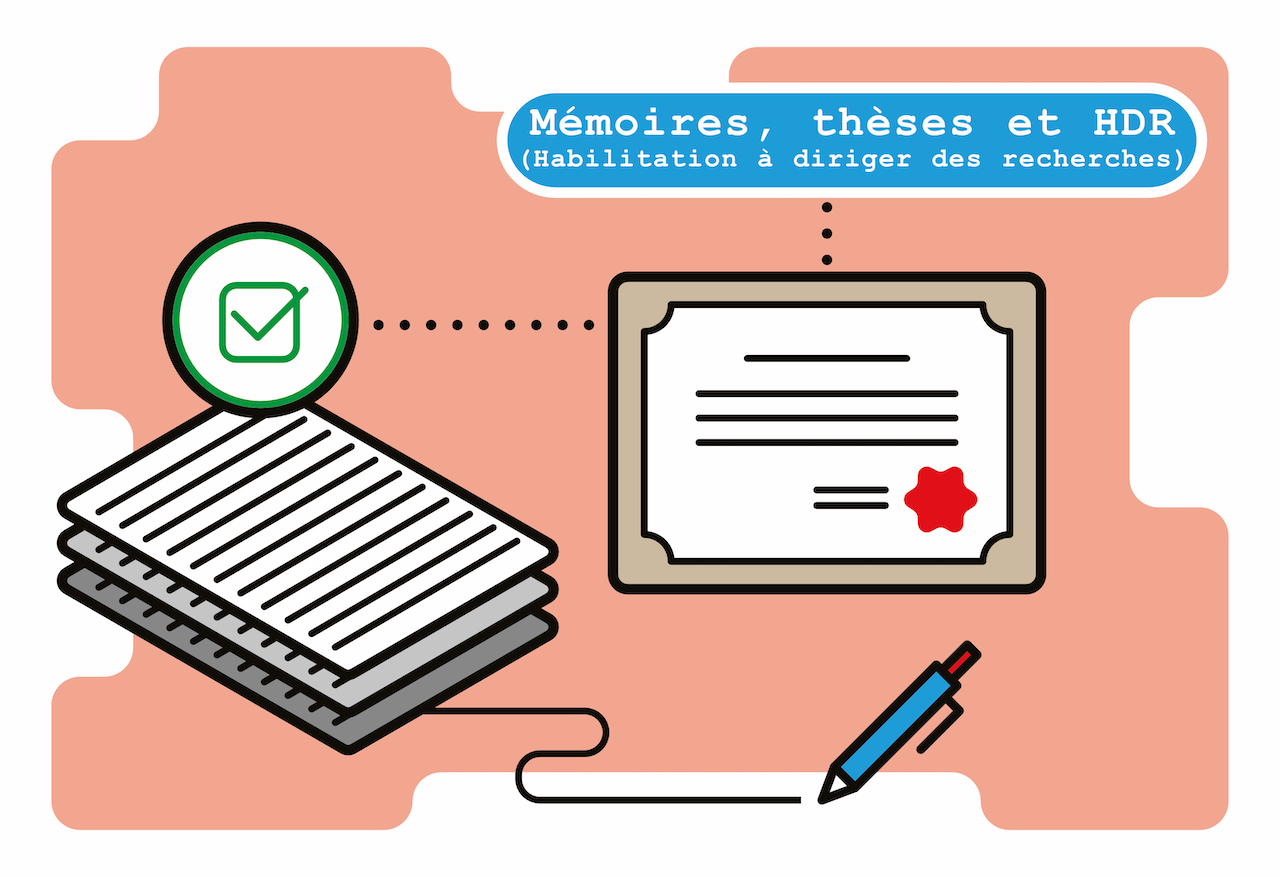Fiche du document
10 mars 2025
- ISIDORE Id: 10670/1.7f765f...
All rights reserved , http://purl.org/NET/rdflicense/allrightsreserved
Sujets proches
Virus researchCiter ce document
João PR Joaquim, « The Biological Age in British Agricultural Virology, 1920s-1960s », Apollo - Entrepôt de l'université de Cambridge, ID : 10670/1.7f765f...
Métriques
Partage / Export
Résumé
The thesis explores the history of virus research in an agricultural scientific context in Britain. It focuses on the Plant Virus Research Station (PVRS), established in Cambridge in the mid-1920s. It tracks the development of this institution, exemplary of state-sponsored agricultural scientific research in the mid-20th century, up to its integration into the John Innes Institute in the late 1960s. Through this institutional prism, the thesis examines the integration of agricultural scientific knowledge, expertise, and practices into virus research. It demonstrates that agricultural interest initially created a demand for knowledge about viruses that was later repurposed for other ends. In the context of the PVRS, agricultural considerations, often arising from the station’s auxiliary responsibilities in advisory and extension work, guided research questions. Viruses were often primarily seen as crop pathogens and even potential pest biocontrol tools. By following this investigative route, the thesis reveals a different facet of the history of virology than seen in comparable accounts: one where the dominance of physicochemical instrumentation and methods did not fully displace biological or natural history-based approaches to virus research. Recent histories of molecular biology and virology have centred around two perspectives: first, the study of model organisms such as tobacco mosaic virus through experimentation, and second, an emphasis on the continuing relevance of collections and comparisons between datasets derived from these collections in the twentieth-century life sciences. The thesis integrates these two approaches and develops them further by arguing that both model organisms and organism collections, particularly the associated study of sets of relationships among multiple organisms, proved essential to the research conducted at the PVRS.
